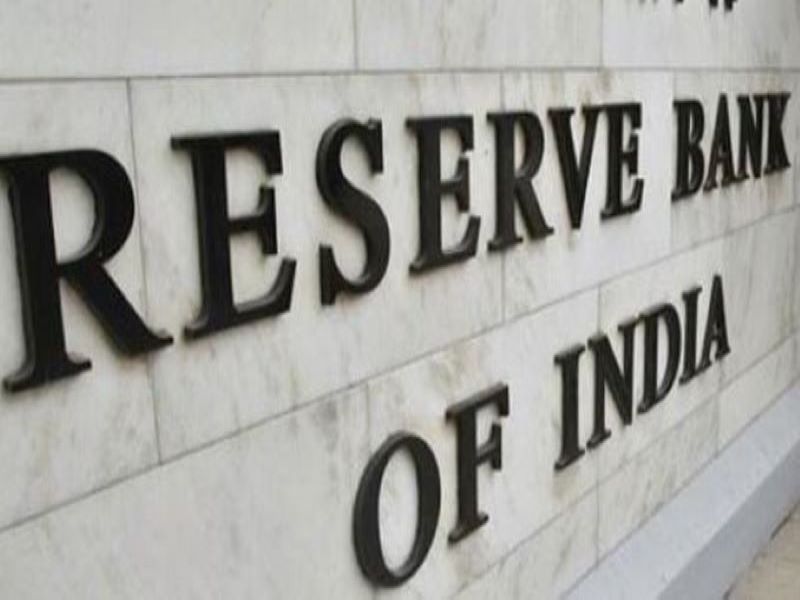
RBI approves a dividend of Rs 2.11 lakh cr to Centre, an increase of 141% YoY
Mumbai: The Reserve Bank of India on Wednesday approved a dividend of Rs 2.11 lakh crore for the Central government for FY24, a significant increase of around 141 percent compared to FY23.
The contingency risk buffer (CRB) was raised from 6 percent to 6.5 percent.
In FY23, the central bank had transferred Rs 87,416 crore to the Centre as surplus. Previously, it was reported that the RBI was likely to transfer a dividend of about Rs 1 lakh crore.
According to interim budget documents for the current financial year, the Narendra Modi government had budgeted a dividend of Rs 1.02 lakh crore from the RBI, public sector banks, and other financial institutions.
During its 608th Central Board meeting held on Wednesday in Mumbai, the board discussed the global and domestic economic scenario and associated risks. The board decided to transfer a surplus of Rs 2,10,874 crore.
In theory, this higher dividend could help the Centre achieve its fiscal deficit target of 5.1 percent of GDP for FY25, providing the newly elected government with additional funds for expenditure.
Each year, the RBI transfers a portion of its surplus income to the central government.
This income is generated from investments, fluctuations in the valuation of its dollar reserves, and revenue earned from currency printing fees.
The RBI is required to maintain a Contingency Risk Buffer (CRB) of 5.5-6.5% of its balance sheet, as recommended by the Jalan Committee.
This buffer helps the RBI manage unforeseen situations such as the depreciation of securities or risks related to monetary or exchange rate policies.
"During accounting years 2018-19 to 2021-22, owing to the prevailing macroeconomic conditions and the onslaught of Covid-19 pandemic, the Board had decided to maintain the CRB at 5.50 per cent of the Reserve Bank’s Balance Sheet size to support growth and overall economic activity," the RBI said in a statement.
However, with the economic revival in FY23, the CRB was increased to 6 percent and further raised to 6.5 percent in FY24, reflecting the economy's robust and resilient state.
A significant factor contributing to the substantial surplus transfer is the notable increase in interest earnings from the RBI's , driven by the US Federal Reserve's aggressive interest rate hikes in recent years.
Following this announcement, the nation's benchmark 10-year bond yield dropped by 4 basis points to 7.00 percent.
Support Our Journalism
We cannot do without you.. your contribution supports unbiased journalism
IBNS is not driven by any ism- not wokeism, not racism, not skewed secularism, not hyper right-wing or left liberal ideals, nor by any hardline religious beliefs or hyper nationalism. We want to serve you good old objective news, as they are. We do not judge or preach. We let people decide for themselves. We only try to present factual and well-sourced news.






